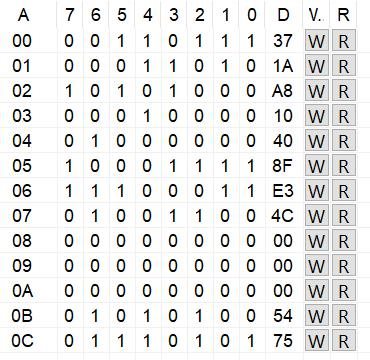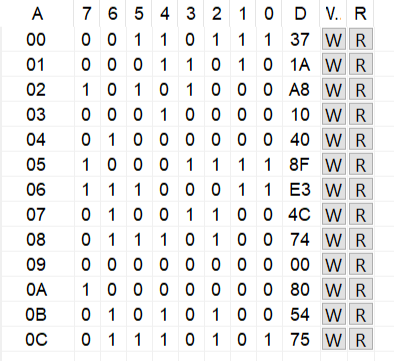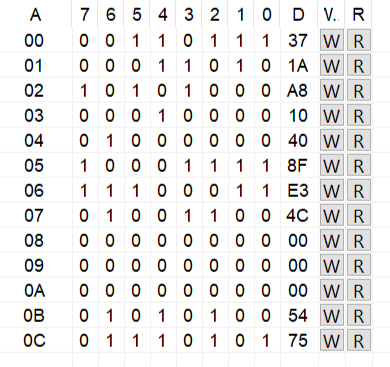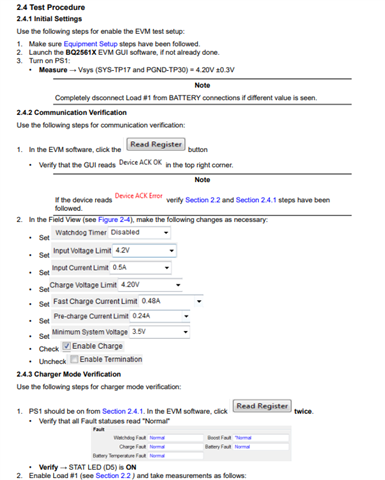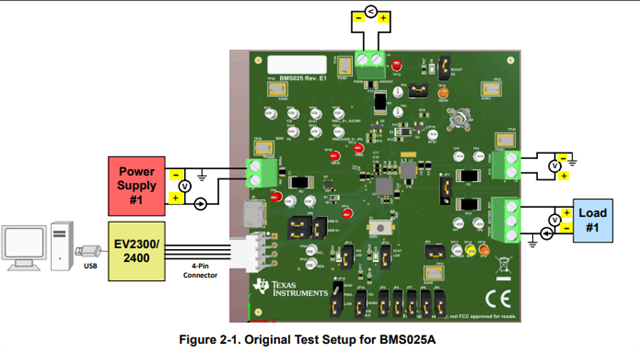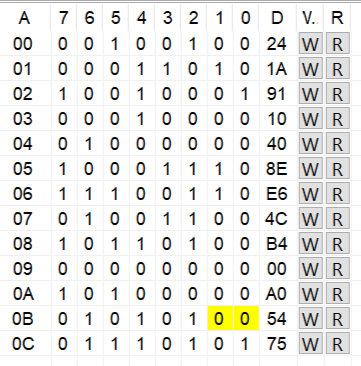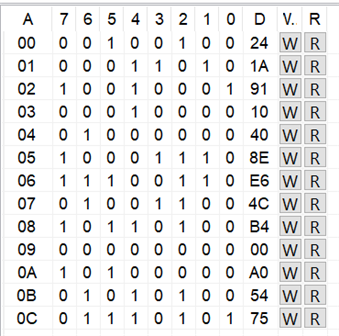Tool/software:
We have been testing the BQ25611D charger IC configured for our Li-ion battery pack (5200mAh, 3.7V nominal, 4.2V max), and we have encountered an issue: the charger is not entering or operating correctly in the Constant Current (CC) mode during the charging cycle.
Battery Key Specs Recap:
- Capacity: 5200mAh (typical)
- Nominal Voltage: 3.7V
- Max Charge Voltage: 4.2V ± 0.03V
- Fast Charge Current (0.5C): ~2.6A
- Max Continuous Charge Current: ≤3A (within BQ25611D limits)
Expected Charging Behavior:
- Pre-charge at ~100–180mA (for battery voltage < 3.0V)
- CC mode with up to 2.6A constant current (battery voltage between ~3.0V and ~4.1V)
- CV mode at 4.2V with tapering current until termination (~60mA)
Issue Details:
- The charger fails to enter or sustain CC mode as per the configured fast charge current (2.6A).
- Observed charge current remains below expected CC current levels during the charging phase where VBAT is between 3.0V and 4.1V, with the charger current gradually decreasing instead of maintaining a constant current.
- Charging does not follow the expected CC + CV pattern, impacting the overall charge time and efficiency.
Configuration Summary:
- Fast charge current set to 2.6A (REG02 = 0x29)
- Charge voltage set to 4.192V (REG04 = 0xB0)
- Pre-charge current set to ~128mA (REG03 = 0x10)
- Termination current ~60mA (REG03 bits)
- Input current limit set accordingly to 3A (via REG00/REG01)
We kindly request your support to investigate the root cause of the failure to operate in CC mode and advise if the current register settings and hardware setup align with the BQ25611D datasheet and recommended operating conditions.
Please let us know if additional data logs or measurements are needed from our end to assist troubleshooting.


